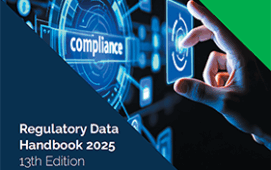
ICE Benchmark Administration has introduced ICE Risk Free Rate (RFR) Indexes in US Dollar (SOFR), Euro (€STR) and Japanese Yen (TONA). The indexes will be used to replace LIBOR rates and include ICE SONIA Indexes for GBP Sterling that the company released in April 2021.
“Expanding the ICE Indexes to cover GBP, USD, EUR and JPY RFRs provides lenders and borrowers around the world with an expanded set of resources to assist their transition [from LIBOR] to RFR-based lending,” says Tim Bowler, president of ICE Benchmark Administration. “By engaging with the market, we are working to ensure that the lending and borrowing community has the economic and operational tools it needs to transition to RFRs in financial contracts across currencies.”ICE RFR Indexes are published daily and designed to provide parties with a simple method to calculate compound interest between two dates and agree on associated interest accruals. They use the same underlying calculation methodology to standardise the calculation of interest for financial contracts and provide pre-calculated compound interest values for each business day.
The Indexes include the option for a lookback where parties can agree to use a time-shifted view of the underlying RFR. Lookbacks help lenders and borrowers manage cash flows and address operational issues associated with determining the total interest due on a loan before the end of the accrual period.
Subscribe to our newsletter




